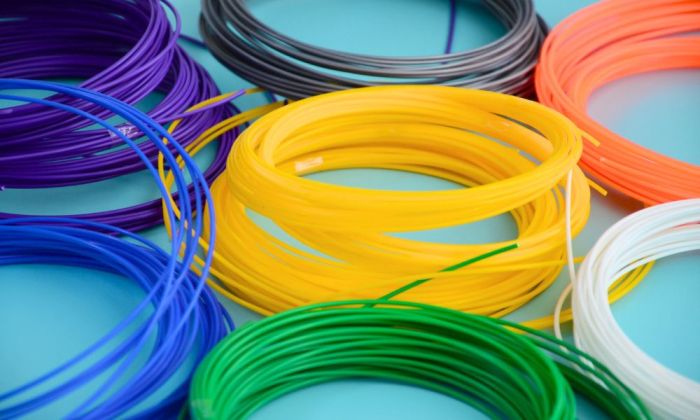3D printing is a fun method industries can use to enhance the quality of their products. Whether you’re a beginner or an expert in this niche technology, you can always learn more about how to choose the right 3D printing filament for your project. Because every design is unique, the fiber you pick should have the right qualities to keep the product from breaking down after the first few uses.
Determine the Complexity of Your Project
Many projects have constraints on the materials one could use to build the objects. Yet, when it comes down to it, picking the items you need for production can be easy if you understand the complexity of the assignment.
Suppose you’re designing shoes; you have the blueprints of how they should look, but you want to expand your reach. So, you decide to create the shoelaces as well. The difference is that the shoelaces are easier to make than the shoe.
The complexity of both aspects determines what type of filament you’ll need for your entire project—the shoelaces could use nylon fibers, while the shoes could use TPU filament.
Find Out the Industry Standards for Product Design
Your industry may have regulations on what materials you can use in product design. These restrictions might stem from environmental concerns or the rules may revolve around the 3D printer user manual. Your creative team lead will decide the rules and determine what filaments would work best.
You can suggest alternative filaments to use if there is another that has better properties. If your product team is strict, it’s best to go with what’s already on the list. By doing that, you can safely transition into determining how much filament your 3D project will need and other aspects of the planning process.
Use Complex Filaments for Commercial Use
Most industries designing commercial parts for sectors such as manufacturing need to use complex filaments. Utilizing fibers such as TPU adds better characteristics than weaker filaments like PLA. TPU’s characteristics give products enhanced durability and flexibility.
The filament traits may not be the only thing your company’s creative team strives for—the appearance of the product may be a concern. Applying a carbon-based filament material can create functional parts that turn heads instantly. Functionality and beauty aren’t the only things to consider when choosing a 3D printer filament; you should also think about other properties you’d want your products to have.
Choose Something With High-Stress Properties
Companies using heavy-duty procedures on the production line need parts that last a long time. Ensure the filaments used in production design possess high-stress properties such as chemical and heat resistance—heat and chemicals can warp and degrade your work equipment.
3D printing is beneficial for any industry looking to design tools, equipment, and products onsite. By following this guide on picking out a 3D filament for your project, you develop better knowledge of what to look for. Remember this guide the next time you and your design team decide to create another project using a 3D printer—it’ll come in handy.



